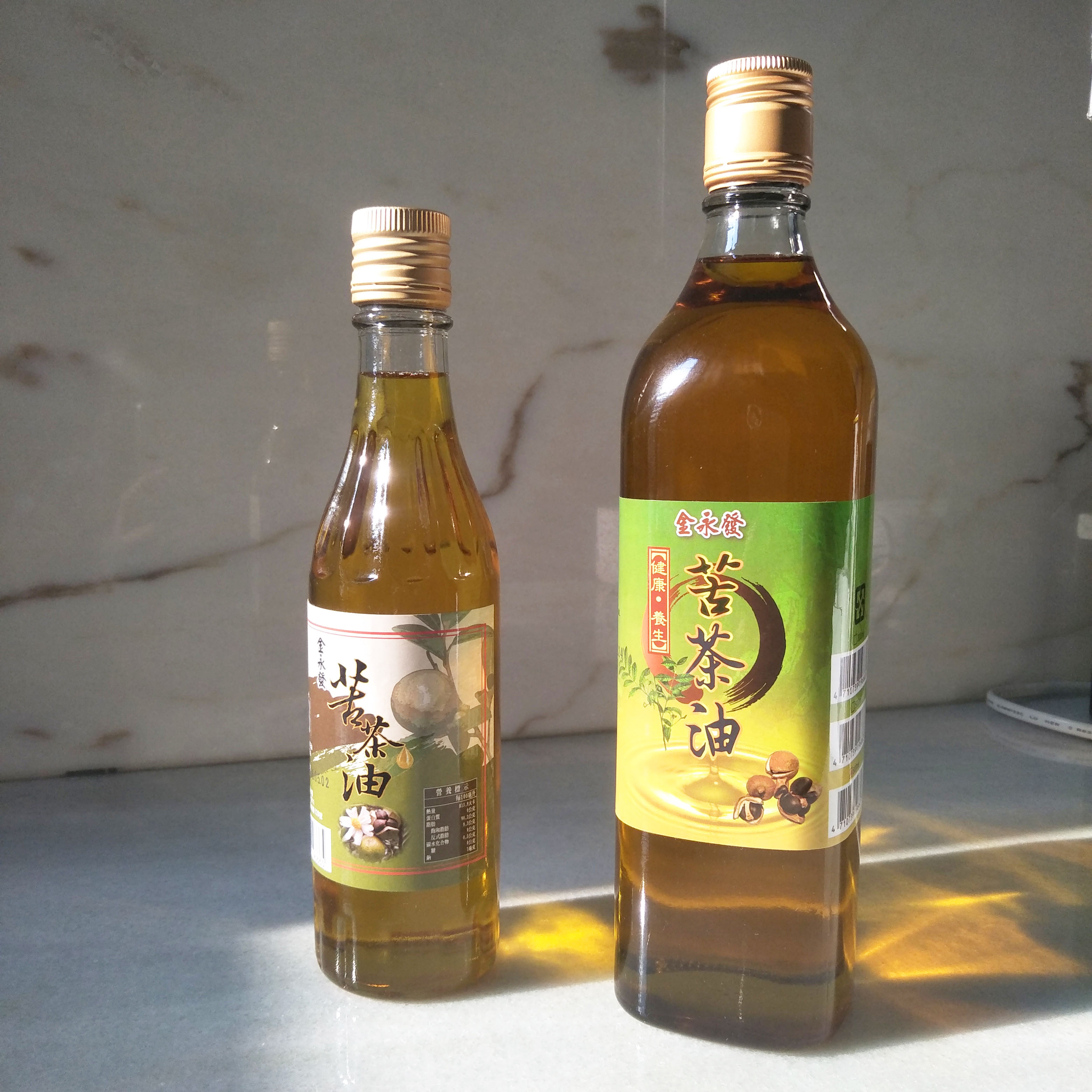
Taiwan Premium Tea Seed Oil For Cooking
This potent oil can be made from the Camellia sinensis plant or the Camellia oleifera plant, whereas Japanese tea oil is made from Camellia japonica and has significantly different attributes. The oil may have a light green color and a mild smell, but it isn't used as cooking oil, due to its bland flavor and relatively high cost. [1] The many health benefits of camellia oil may be attributed.

Asia's Best Kept Secret Cooking Oil Is Coming to a Pantry Near You
Uses. With its high smoke point of 252 °C (486 °F), [5] tea seed oil is the main cooking oil in some of the southern provinces of People's Republic of China, such as Hunan, especially in mountainous regions; roughly one-seventh of the country's population. The oil has also been used in Chinese traditional medicine - here [further explanation.
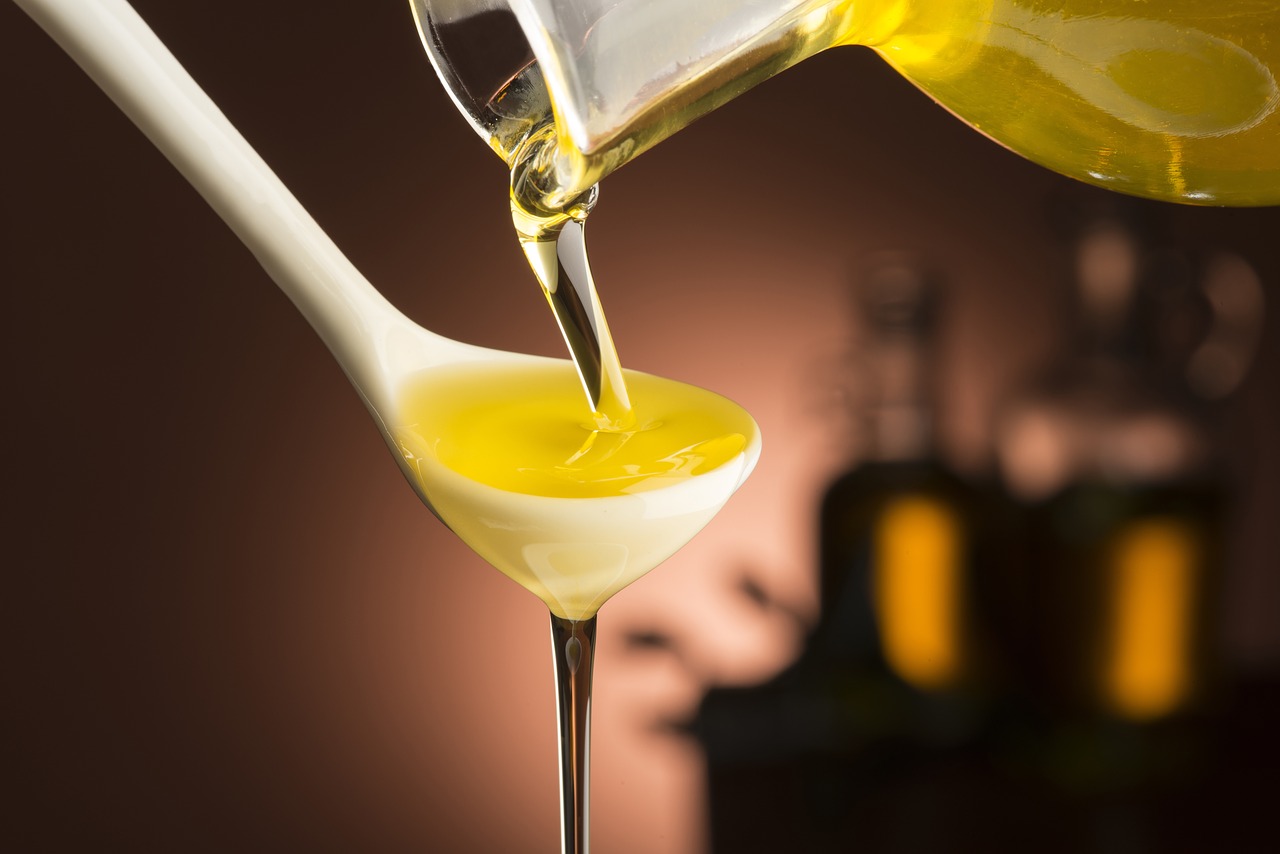
Tea Seed Oil Can Be a Healthy Option Research Stash
Tea Seed Oil is extracted from the seeds of mature Camellia oleifera trees, not the flowers.. This is tea seed oil but it's not cooking oil, it can be added to your cosmetics, or used directly on the skin. It has a 4.7 average star review on AMAZON. If stored properly, you can keep a cosmetic oil for a few years without worrying too much.
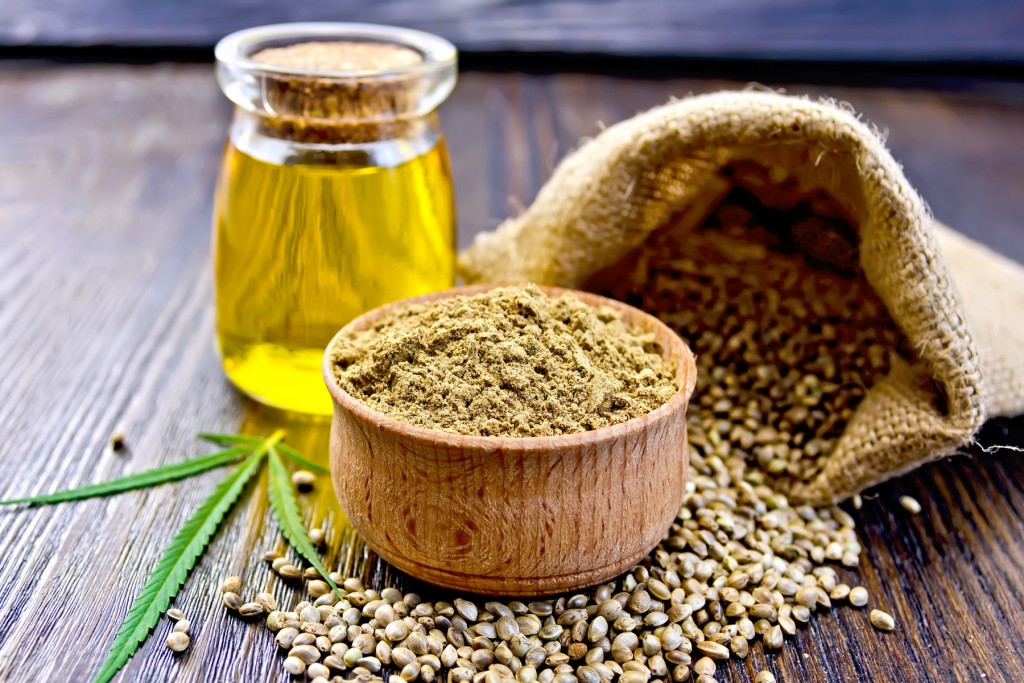
Your Guide to Cooking Oil Which Oil to Use and When Life by Daily Burn
Yes, tea oil can be used for both cooking and baking. It is a great choice for high-heat cooking methods such as stir-frying and sautéing, as well as for baking delicate pastries and cakes. Is tea oil the same as tea tree oil? No, tea oil and tea tree oil are two different products. Tea oil, also known as tea seed oil, is used for cooking.
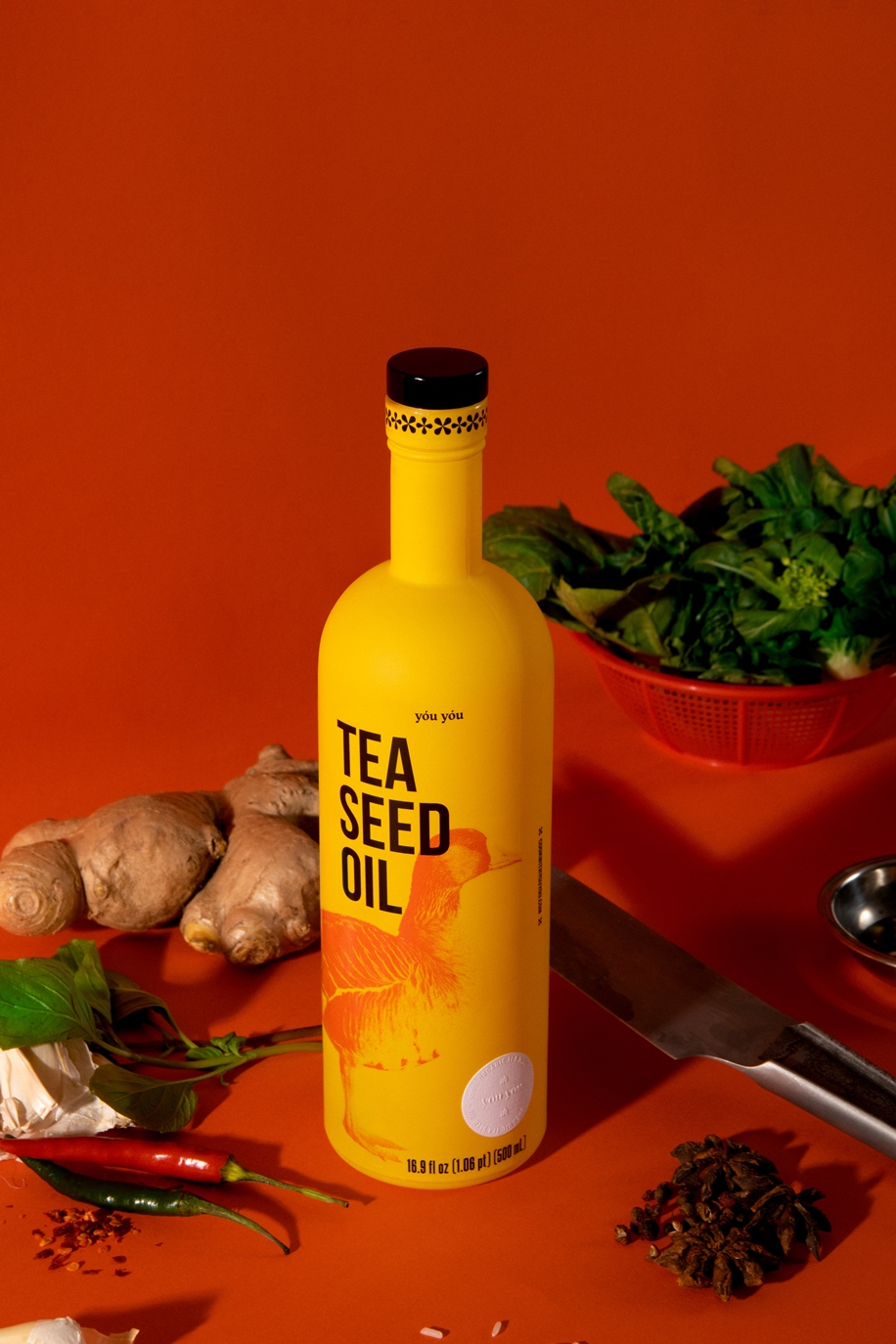
Why to Use Tea Seed Oil for Cooking The Nutritionist Reviews
Camellia oil, like other cooking oils, is 100 percent fat. This means it packs a high caloric punch - 9 calories per gram - so is best used minimally. However, camellia and other nontropical plant-based cooking oils are made up of heart-healthy monounsaturated and polyunsaturated fats, as opposed to less preferable saturated fat and the.

Green Tea Seed Premium Moisture Cleansing Foam (100 ml) korikart
They help protect the body from free radicals. This supports brain health, heart health, and, ultimately, longevity. Besides being high in antioxidants, tea seed oil is full of omega-3 fatty acids.
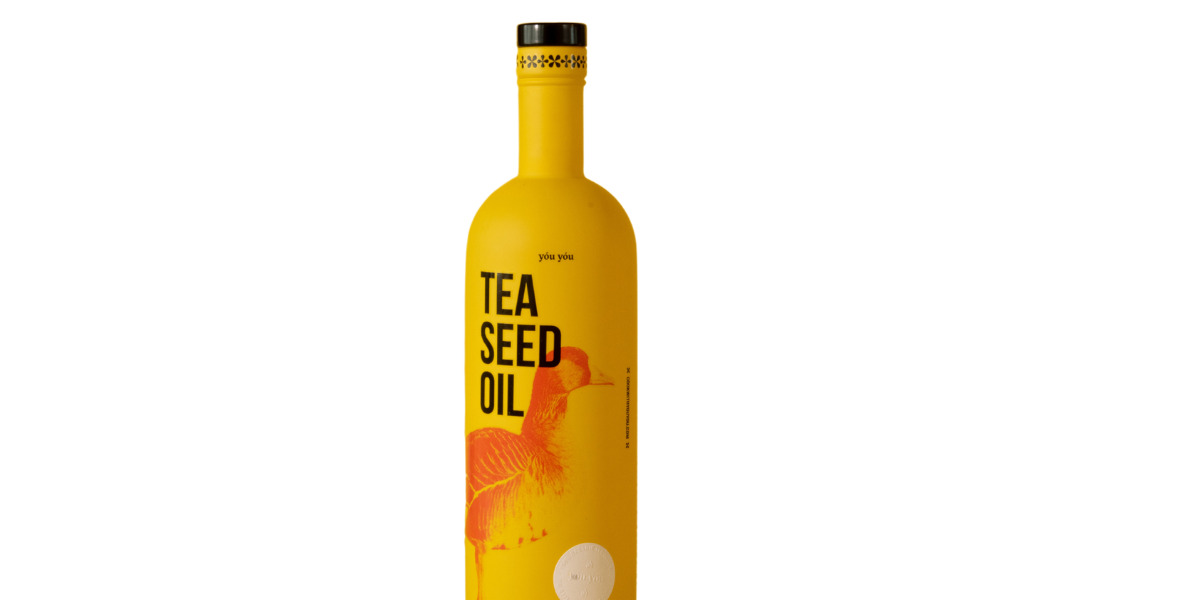
The Health And Culinary Benefits Of Tea Seed Oil Andy The RD
11 Impressive Benefits of Camellia Oil (Tea Seed Oil) Camellia Oil is packed some of the most amazing health benefit in it's category. These benefits includes ensuring a bright skin, strengthening hair strands and enduring maximum hair growth, lowering body cholesterol level, easing joint pains, regulating blood pressure, nourishing and.
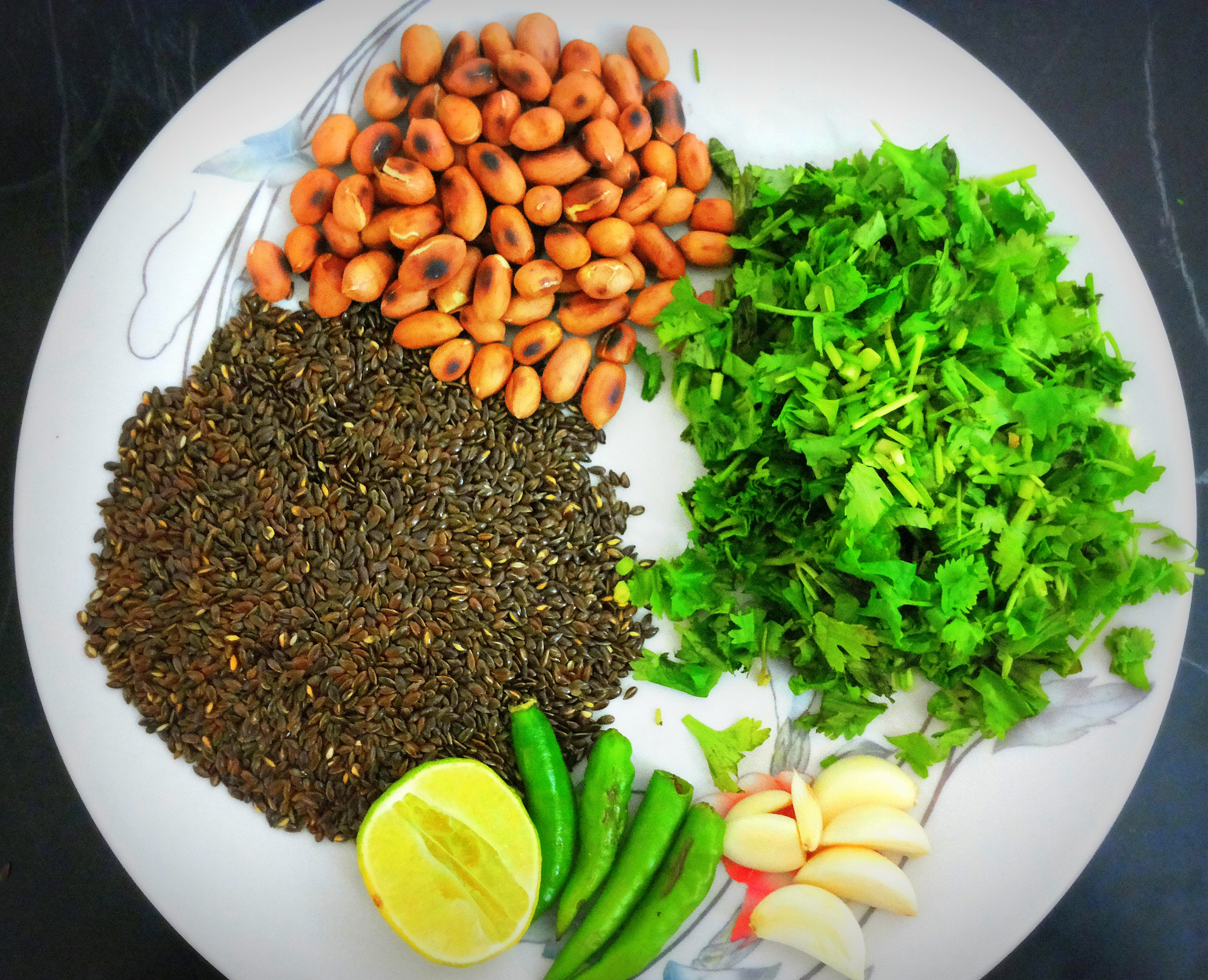
Flax seed peanut coriander chutney Indian Cooking Manual
7. Tea seed oil is a cooking oil that comes from a flower. Tea seed comes from the seeds of Camellia oleifera. That's the plant that is a cousin to Camellia sinensis, which gives us green tea, as well as b lack tea, Oolong tea and white tea. The Tea Seed oil is cold-pressed. Tea Seed oil is also called "Tea Oil" or Green Tea oil.
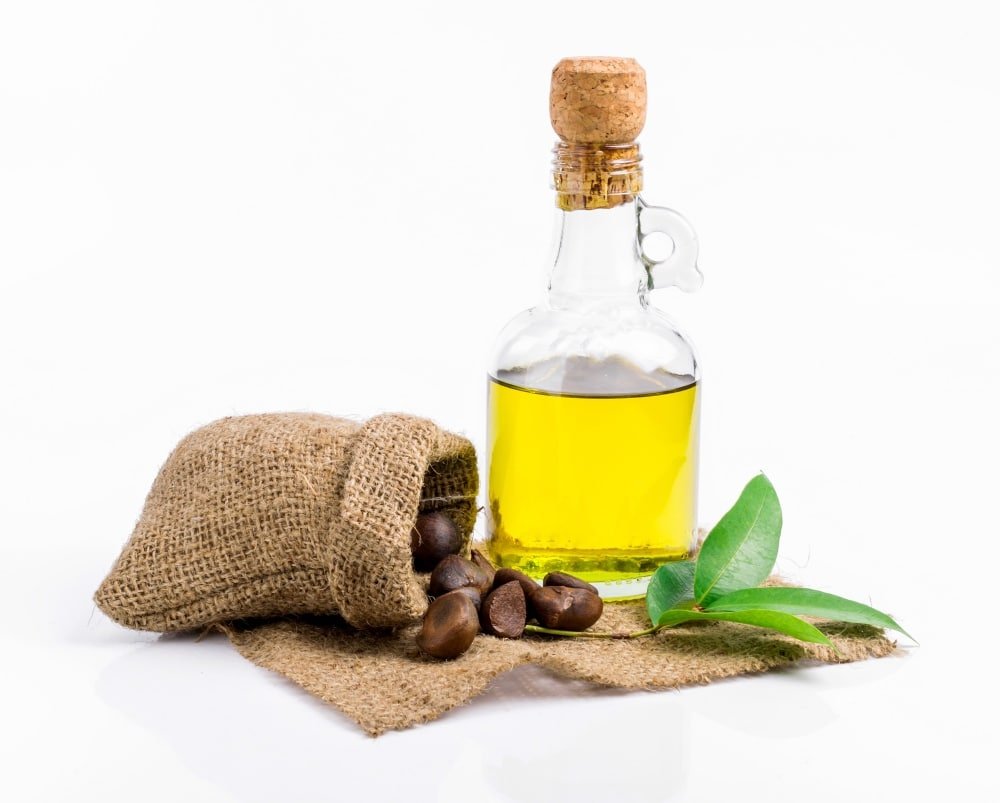
11 Benefits of Camellia Oil (Tea Seed Oil) Natural Food Series
And, speaking of live healthier, Chen explains that tea seed oil has some other great benefits. First off, it has high smoke point of 485°F, keeping the kitchen smoke-free and the food burn-free. It also carries natural health benefits and the same antioxidants found in green tea — which stay put, even after cooking at high temperatures.

Gallery of Tea Seed Oil Plant / Imagine Architects 7
Tea seed oil can be a great choice for stir-fry dishes because it has one of the highest smoke points of any edible oil. It is cholesterol free with no trans fats. It is high in antioxidants called catechins which are similar to green tea which can help to lower blood pressure and promote vascular health. Tea seed oil has vitamin E, vitamin A.

Luda Camellia Oil Pure Wild Raw Fragrant Oil Tea Seed Oil 500ml × 2
Tea seed oil originates in the Hunan region of China and is the most common oil used in Chinese cuisine. The oil is made from cold-pressing Camellia oleifera seeds, which can only be harvested after the flower has bloomed for five seasons. The seeds are then collected during a one-month period. In all, one bottle of the oil takes 8 years to make.

Tea Seed Oil Used for Cooking Stock Vector Illustration of bowl
Tea seed oil may refer to edible oil (also known as Camellia oil, Oil-seed Camellia, Tea Oil Camellia) is produced from the seeds of Camellia oleifera. It has high smoke point upto 252 °C or 485 °F. This oil is used as cooking oil mainly in China and other countries. It features grape seed oil and olive oil on the storage qualities.

Free Images plant, seed, food, cooking, herb, produce, vegetable
Tea seed oil is a rich source of vitamins E, A, and B. Minerals like calcium, magnesium, phosphorus, iron, and manganese found in tea seed oil are critical co-factors for countless enzymatic reactions in your body.. Recipes ABOUT Meet Naomi Press Naomi TV Subscribe & Save LOGIN; CUSTOMER CARE Featured. The Ultimate Beauty Duo Experience the.

Get These Common Cooking Oils Out of Your Kitchen and Use These Instead
Tea seed oil should not be confused with tea tree oil (melaleuca oil), an inedible essential oil extracted from the leaves of the paperbar], Melaleuca alternifolia, and used for medicinal purposes. Culinary uses. With its high smoke point (252°C, 485°F), tea seed oil is the main cooking oil in some of the southern provinces of China, such as.
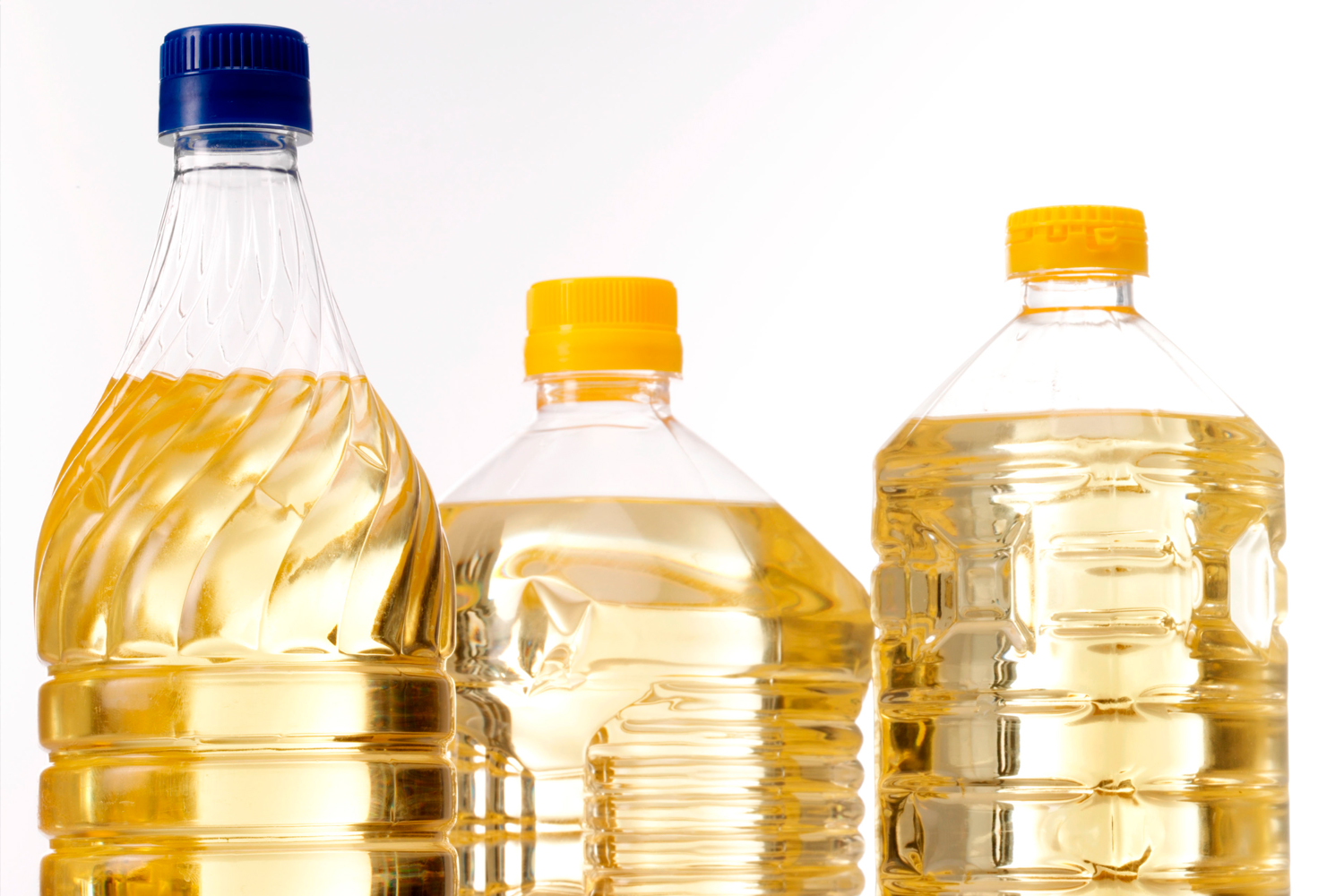
4 Reasons to Avoid Vegetable and Seed Oils Tasty Yummies
Feature #3 - Very High Smoke Point. While tea seed oil may have slightly less oleic acid than olive oil, it has a significantly higher smoke point. The smoke point of an oil determines its suitability for cooking at very high heat, which is a feature of certain types of global cultural cuisines. Where most types of olive oil fall in and.

Tea Seed Oil Is the Cooking Oil You Didn't Know You Needed
Low-temperature oil pressing improves the quality of raw tea seeds and is relatively more energy saving compared to traditional production technologies," he added. Target market: 'Die-hard cooking.